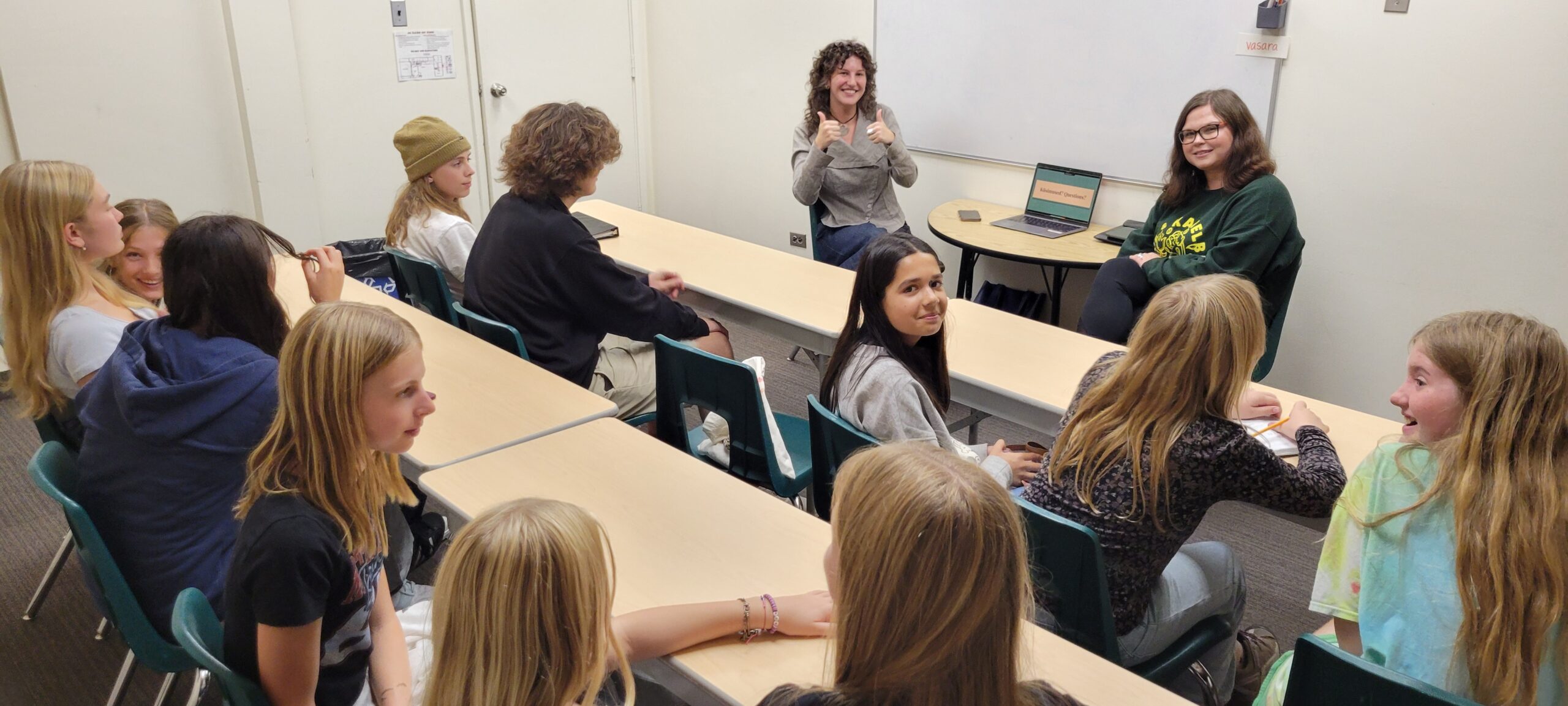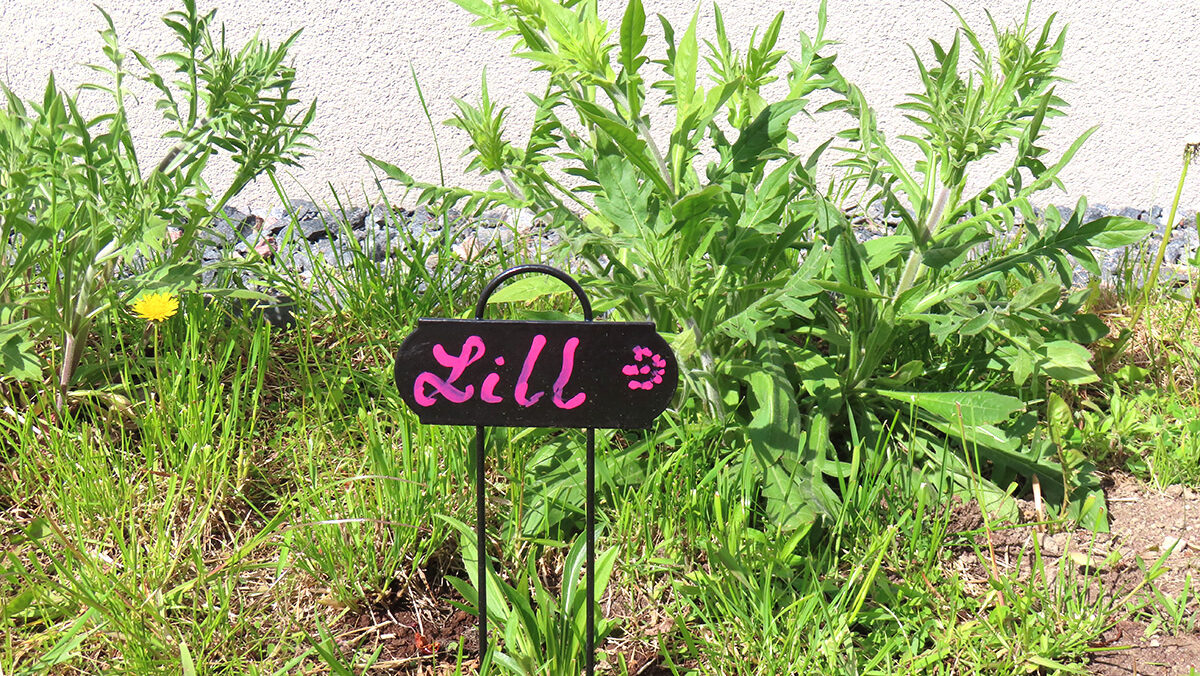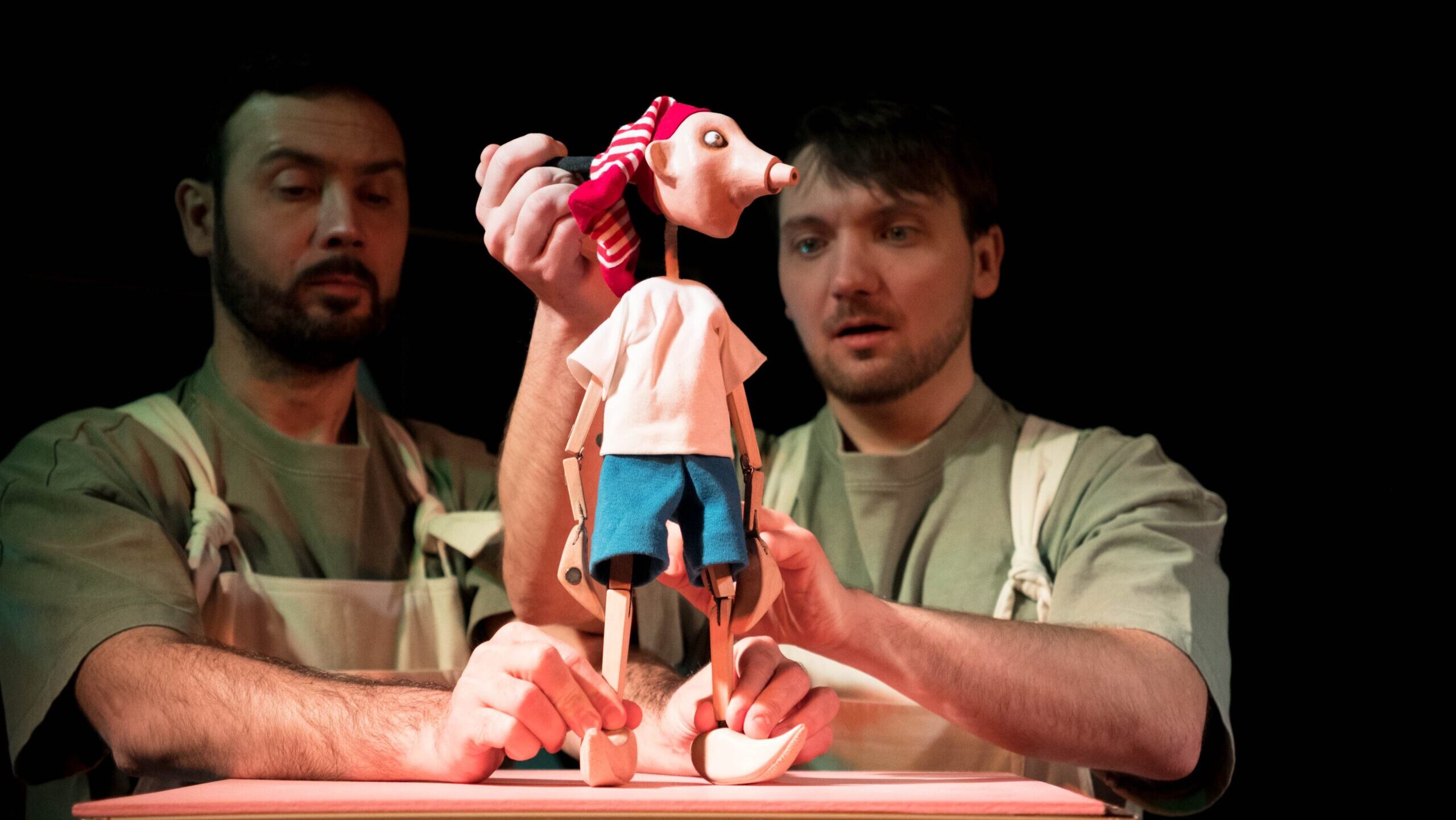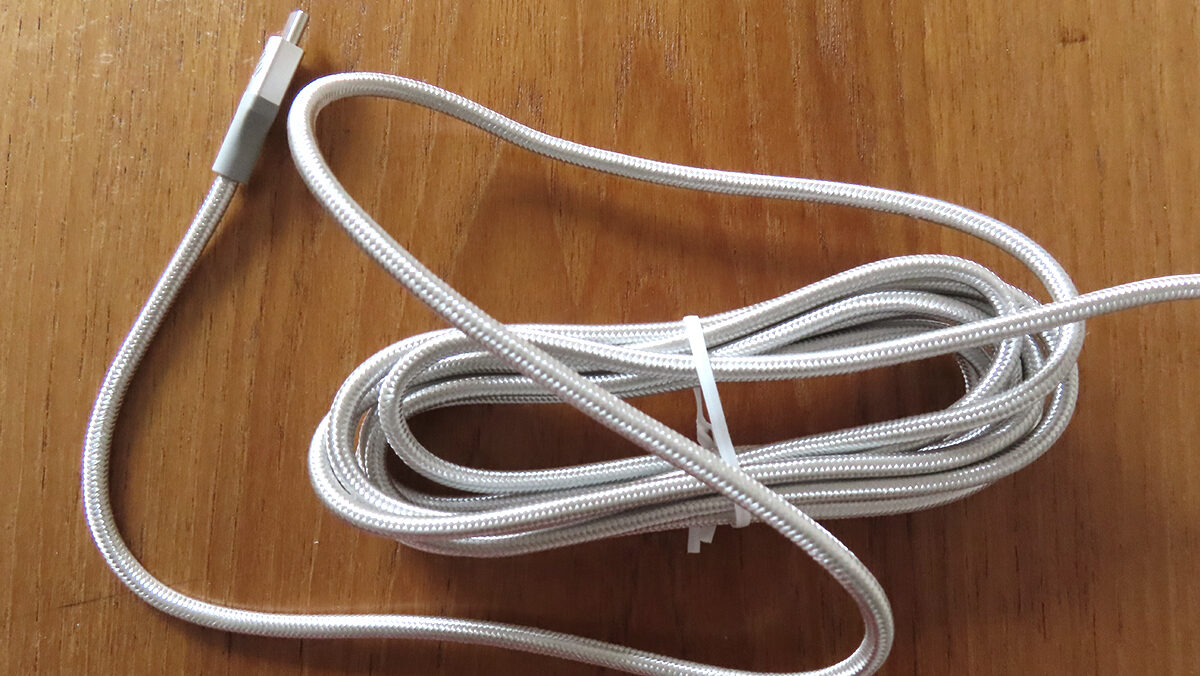By Timo Spence
In October, Eesti Elu continued its journalism workshop series at Toronto and Hamilton’s Estonian Schools. The workshop, which took place in person and over Zoom for participants from Vancouver, included a short presentation and group discussion on the core tenets of journalism. To conclude the activity, students were asked to submit an article, photo series, or video interview that answered one of several prompts, designed to engage students in a creative exploration of their Estonian heritage. Winning submissions will receive a $150 prize, thanks to the generous support from the Integration Foundation in Estonia.
Find Timo Spence’s article below, in which he talks about his family’s history in Estonia and how they came to Canada.
Part I: My great-grandmother, Aino Raun (Kurul)
My Great Grandmother, Aino Raun was born in 1926 in Tõstamaa. She was the eldest child, as her two brothers Paul and Evald were born in 1929. Her parents' names were Jüri and Marie. They lived and grew up there until September 1944. On September 21st, they decided to leave.
The Germans occupied Estonia at this time. They had set a complete blackout and curfew from 10pm until 6am. On September 20th, they snuck into Pärnu harbour at night to get onto a ship 60 or 70 feet long called “Urve.” Some accounts describe it as a mud boat, meaning it collected mud for the spas in Pärnu. When they boarded there were over a hundred people there; the hull and deck were full of people. They cast off at 3:00am on Friday, September 21st, 1944.
In order to sail out of the country they had to get a permit for evacuation from the German Military Commander. Their destination was officially Germany, and there were German military men on board as escorts. It was an official evacuation to Germany.
After reviewing their evacuation permit the Commander said “Give my regards to the king.” The only king in the region was the King of Sweden.
On their way out of Pärnu harbour, they were stopped by the German Military Commander. After reviewing their evacuation permit the Commander said “Give my regards to the king.” The only king in the region was the King of Sweden.
On the afternoon of this first day, the wind started picking up and the waves started to sway the boat. By nighttime, it had turned into a big storm. This storm had taken out many other boats fleeing Estonia that night. After they had been at sea a couple of days, the people leading the escape had stood up to the military escorts, relieved them of their weapons, and told them that their destination was now Sweden. They obliged willingly.
About halfway to where they were going, Gotland, Sweden, they saw a German U-Boat surface in the distance. Everyone stopped and waited, they didn't know if they were going to live or die. They just sat there. Then, finally, it slowly sank into the sea and disappeared again. Later they found out that the hospital ship Moero was torpedoed and sunk in the same area at the same time.
By early dawn the next day, a Swedish Coast Guard Patrol boat had noticed them and towed their ship through the dangerous coastal waters to the port of Visby. Once they were in Sweden, they were transported to an idle macaroni factory and were given some papers as identification.
Part II: My great-grandfather, Ludwig Raun
My great-grandfather, Ludwig Raun, was born in 1924 on his homestead called Vanakopli, which is in Karala, Lümanda vald, Saaremaa. Vanakopli has been owned by the Rauns for a very long time, and still is today. Vanakopli is close to the water, so Ludwig did a lot of fishing in his boat.
When the Russians first invaded in 1939, they shipped a lot of Estonians to Siberia and killed many as well. Then the Germans invaded in 1941 and drove out the Russians. However, when the Russians were coming in again in 1944, the German Army tried to make Ludwig fight for them. He got out of it because he said that his eyes were too bad, but the Estonians knew once the Russians came back they would conscript them, ship them to other countries, or shoot them. Previously, they had sent many people to labour camps in Siberia where many perished. My great-grandfather didn't really have another option but to escape, and the only way to escape was by boat. The problem was that when the Russians had first arrived in 1939, they knew how important the boats were for getting out of Estonia, so they took all of them away. As did the Germans in 1942. So nobody had any boats.
One day, Ludwig and some of his friends went down to the beach near Vanakopli and saw that a German shore patrol was confiscating boats. They saw the patrol take a man away but leave a boat, so Ludwig and his friends took it and sank it offshore with rocks. When the patrol came back looking for it, it was nowhere to be found.
Later, Ludwig came back and swam down and took all the rocks out of the boat. Once it was up on land, they could see that the waves had damaged the boat, so they put it into a cart pulled by an ox and took it to Vanakopli. There, they fixed it up as well as they could with tar and put a sail on it.
When the time came to leave, he and his five friends put the boat in the water at the beach and set off. Although they had fixed it up at Vanakopli, it still had many leaks in it, and so two people had to bail water at all times to stay afloat.
They asked the crew for help… but the Swedish ship said they couldn't help because they wanted to stay neutral in the war. So they stopped bailing…
They had made it about three quarters of the way to Sweden when they saw a warship in the distance. They were worried because they thought it was Russian or German, but they couldn't tell because the ship was facing towards them. When the ship started turning they saw that it was actually a Swedish Coast Guard ship. They asked the crew for help, because at that point their boat was leaking like crazy, but the Swedish ship said they couldn't help because they wanted to stay neutral in the war. So they stopped bailing, their boat sank, and the Swedish ship had to rescue them. So they were allowed onto the ship.
Once they got to Sweden, Ludwig was put into a DP camp. This was also where he met my great-grandmother. They had two kids before they left Sweden in 1952.




